Highlights of the museum
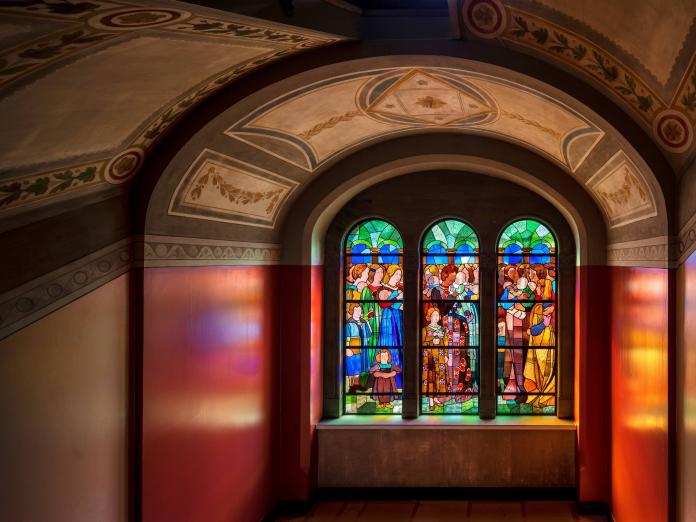
The artist Agnes Slott-Møller (1862-1937) made the stained glass window at the Public Trustee’s Office back in 1902. In the middle the artist herself with her daughters Lykke Marie and Benedetta surrounded by other women and children symbolising wards of state.
Room: Main staircase
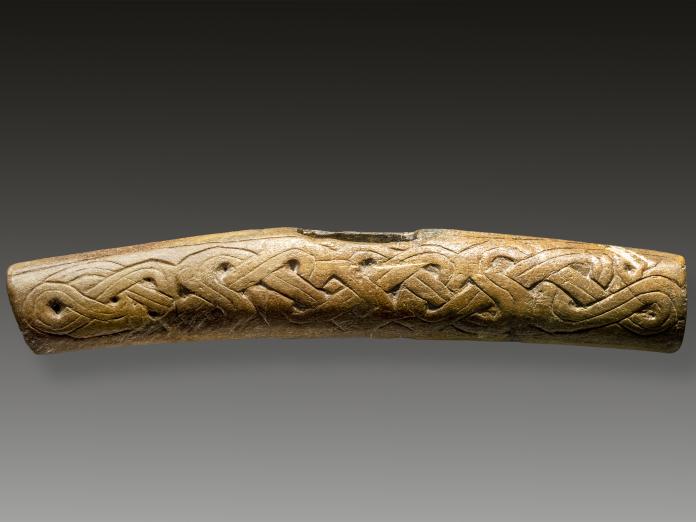
The ornamentation in the Viking style reveals that this so-called sword guard is from the 1000s. The function of the sword guard was to protect the hand of the one holding the sword. It is made of antler cane. The elegant Sword guard is one of the evidences that Copenhagen was already in the middle of the 1000s a city of a certain size.
Room: The Castle Islet

A fraction in his scull caused by a sword testifys to a violent life, maybe as a mercenary for a noble or the king. He dies aged 35 and is buried in the 1400s in a now disused cemetery at Vestergade, not far from the City Hall Square. The archaeologists who found him called him The Warrior.
Room: The Castle Islet
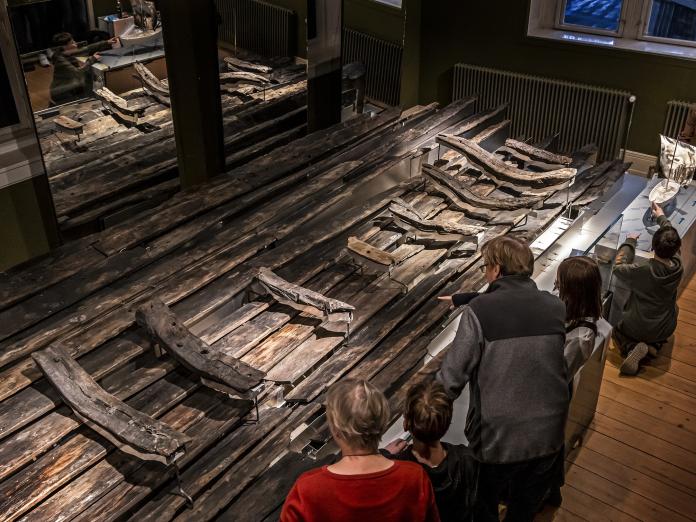
At the site of the Copenhagen Opera House today, archaeologists excavated a shipwreck. The wreck is of oak, which was felled c. 1420-25. It is very similar to the ships that angry northern German cities sunk to block the port in 1428. It was among other things a protest against the Danish king, Erik of Pomerania, who introduced the Sound Dues, which the merchants had to pay.
Room: The Dock Island
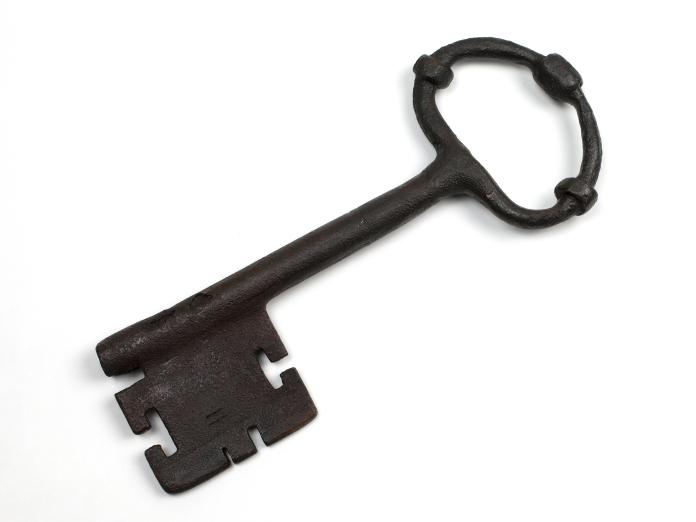
This giant key was definitely not for decoration. It is from the early 1700s and was used to lock and unlock Vesterport (Vestgate). The city gates were locked at sunset and opened at dawn. Nørreport (Northgate) could be opened all night for pregnant women, those needing medical help, etc. and was open 24/7 from 1821.
Room: Nørreport (Northgate)
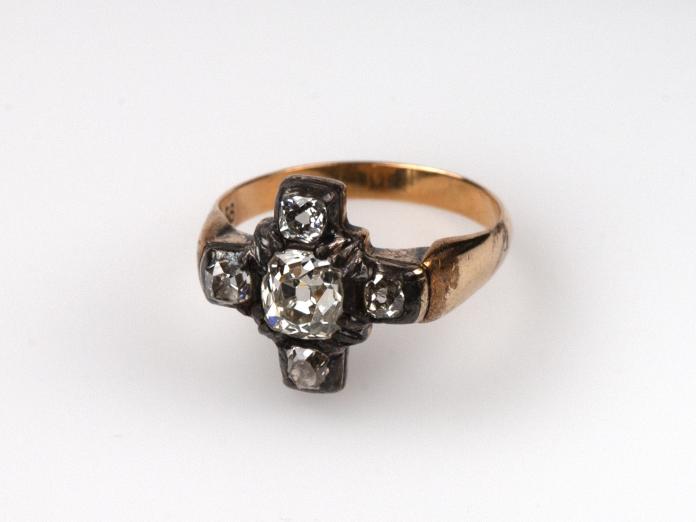
One of Denmark's greatest philosophers, Søren Kierkegaard, gave this ring to his fiancée Regine Olsen. But he got it back when he broke their engagement in 1841. He later had the ring resized and the diamonds set in a cross. He wore it until his death in 1855.
Room: The Royal Theatre

The green-painted Copenhagen bench has become an icon. To this day, it can be seen everywhere in the Copenhagen cityscape. Around 1870, the company Ludvigsen & Hermann cast the so-called "male benches", which are predecessors to the Copenhagen bench of today. See which colours it has had on the bench in the exhibition.
Room: The bridge districts

This type of bicycle was invented by the Dane Mikael Pedersen, while the production of it took place in the English city of Dursley – hence the name. The wooden model shows how strong the construction is. Even today, the bike seems stunningly modern though it is from 1897-1899.
Room: The City Hall Square
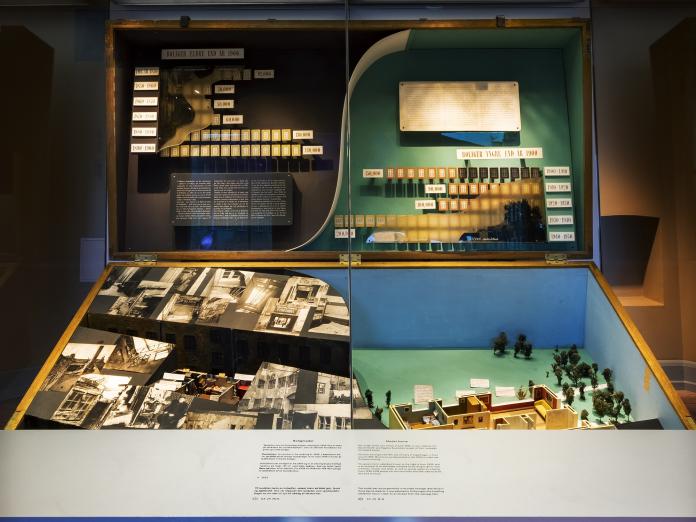
The model shows two different homes around 1950. It is made by the Danish Health and Hygiene Association, as part of their campaign for healthy homes. The slum dwelling on the left is from around 1900. The government-subsidised house to the right is from 1950, and is an example of an affordable standard house up to 85 m2 with a kitchen, shower and toilet, as well as several rooms for a family.
Room: Dronningegården apartments

Get an overview of Copenhagen: The 6-metre-long and 4-metre-wide oval city model in light ceramics shows the inner parts of Copenhagen today in the scale of 1:750. Push the buttons and light up the sights. The panoramic area around it shows the capital's skyline as seen from the top of the Round Tower.
Room: Copenhagen Panorama